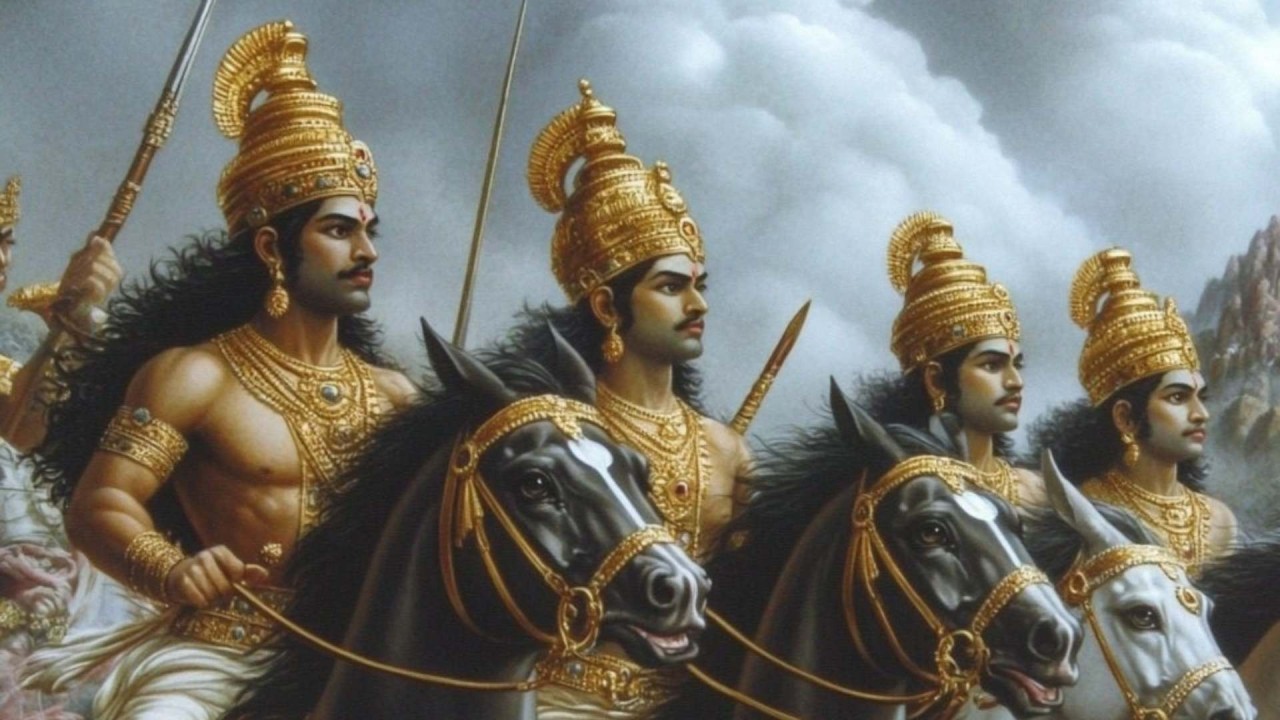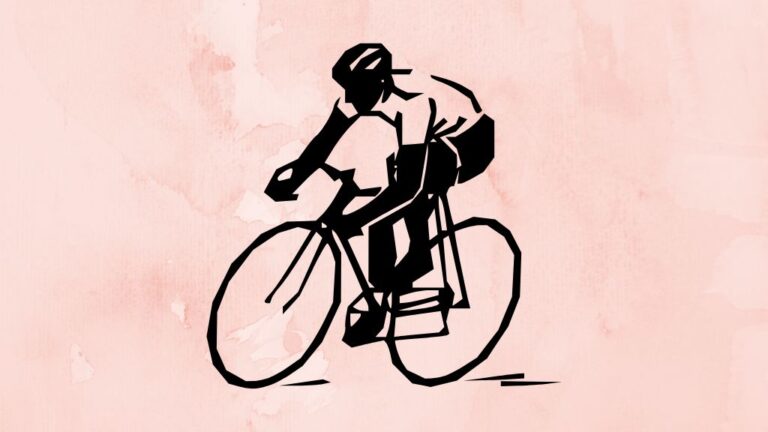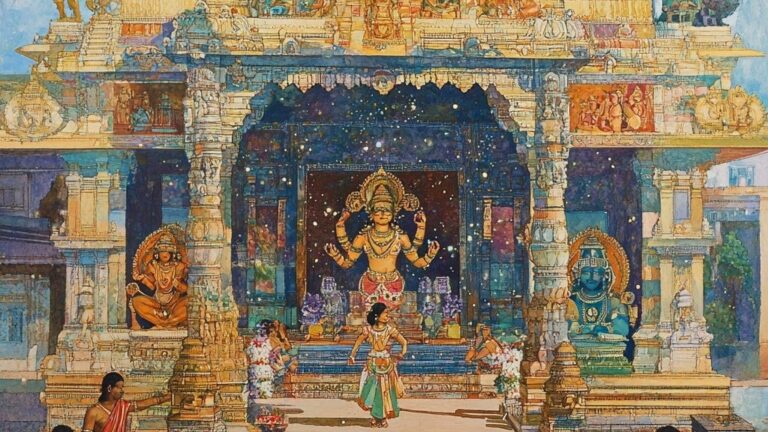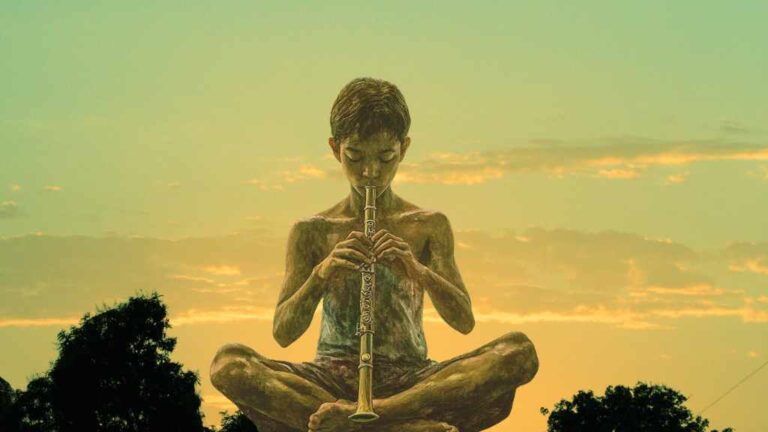Mahabharata: A Tool for Self-Discovery
The Mahabharata is more than a story; it’s a psychic and psychological mirror. It reflects your innermost condition. How you respond to it—whom you idolize or despise, whom you worship or condemn, which characters confuse or amaze you, or who feels utterly transparent—reveals profound truths about your state of consciousness. These reflections uncover your deepest fears, prejudices, vices, and aspirations—your samskaras and vasanas.
A Journey of Self-Discovery
When you read the Mahabharata, you’re not merely engaging with a text; you’re embarking on a journey of self-discovery. Don’t just read it like a novel. Observe yourself as you read. Notice your internal reactions, your likes and dislikes, your judgments and inclinations.
How you respond to it, which character attracts you, whom you idolize, whom you despise, whom you worship, whom you condemn, which character confuses you, which character amazes you, which character you can read like water…all these gives clues about your own self, your state of consciousness and your own deepest fears, prejudices, vices, failings, envy, jealousy, hates, likes and dislikes – your own samskaras and vasanas. Through these observations, you can uncover the contours of your mental and emotional constitution.
Take this exploration a step further. Listen to the story from a siddha (a realized soul) with reverence (shraddha). Compare his insights with your own understanding. Spot the differences. What do these differences reveal about your misconceptions? Trace the roots of these misunderstandings, and you’ll learn more about yourself. Ask yourself: Who do you identify with? Who feels real to you? Who frightens you? Whose words feel like a mother’s loving embrace or a father’s protective shelter? And perhaps most importantly, what is your reaction to Shri Krishna? Your response to Him could be the reflection of your relationship with the Divine.
A Transformative Text
The Mahabharata is not just a narrative; it is a mirror that reflects your consciousness and a guide to heal your inner world. Shri Krishna’s wisdom, as conveyed through the Gita, addresses the flaws and struggles of all the characters in the Mahabharata. It offers a way out, a path to transcendence. The Mahabharata is not merely a text; it is a journey—psychological, emotional, and spiritual.
Why So Many Versions?
Why are there so many versions of the Mahabharata? Because the epic plays out differently for every reader and listener. Each person’s interpretation is shaped by their unique mental makeup, the state of their Anthahkarana. Some see Karna as the hero; others see Duryodhana as the star. This is because we naturally identify with the characters who mirror aspects of ourselves. And when admirers of different characters meet, a new Mahabharata often unfolds, as each one tries to prove their hero’s worth.
Yet, amidst this variability, there exists the original version—the one composed by Bhagwan Vyasa. This version will become visible only when you ascend to his level of consciousness or when he chooses to reveal it to you.
The Kurukshetra Within
As Sri Paramahamsa Yogananda says (paraphrasing), “Mahabharata is happening within every human – and will end only with their enlightenment. This happens over the entire series of lifetimes and ends when the person is finally enlightened. Till that time, it is always happening.”
As my dear friend Shree says, “In a sense, lucky are those for whom the Kurukshetra war has started on the inside. For at least in a few lifetimes, Yudhisthira will ascend the throne of their beings.”
Until then, fight on. Do your dharma. Follow your svadharma. The battle within is the path to enlightenment, and the Mahabharata is both your mirror and your guide. Dive in. Meditate on its insights. Reflect deeply. Allow its wisdom to heal and transform you.







